I have a lingering doubt about all many of these options and their ability to accommodate a 95th percentile soldier and their personal protective equipment, but putting that to one side for a moment, I see two options.
- March on
- March on a different heading
And so…
Light Mobility Vehicle (LMV) — March On
The first and most obvious option is to stay the course with the current Light Mobility Vehicle (LMV) programme and try to get a single vehicle to meet all the requirements, i.e. the Common Base Platform (CBP).
My personal favourite would be the Ibex F8, but Foers Engineering are an SME and, unless they partner with a larger company, unlikely to progress with LMV (or even enter).
It is a great design that has endured, a sturdy long-life chassis, is endlessly adaptable, and importantly, uses ‘global parts bin’ components, not bespoke designs with manufacturer lock in.
If that is not possible, I believe there are only three realistic options available (unless something left field enters)
- The Ford Family
- The Mercedes Family
- The Toyota Family
Each are large manufacturers, although Mercedes-Benz and Ford are about a quarter of the market capitalisation of Toyota.
Ford
Between the Ranger, Super Duty Ranger, and Everest, backed with Ford Global Feet Sales, there is a credible range of vehicles.
The Ricardo HEX is an interesting and capable looking addition to the offer (should Ford include it).
There are an estimated three million Rangers on the road globally, and the MoD already uses them in the white fleet. Poland has many Rangers in service, as do other armies.
The industrial offering seems fairly weak. Ford has a presence in the UK, although no vehicles are assembled here any longer, and neither are engines for the Ranger.
Ford partnering with General Dynamics for the LMV competition is intriguing.
There might be some opportunity to exploit capacity at the Merthyr Tydfil facility for localisation or final assembly and integration, and with AJAX Full Operating Capability set at 2029, the timelines would somewhat align.
If we did end up with a Foxhound Mk2 for the LMP Light category, this might create timing issues depending on capacity available.
Mercedes
The G530d is relatively new, although the G Wagon family has a long pedigree.
Tough, good off-road, and with a well-matched specification, it is also a strong contender.
That said, it is a relatively conventional design, and not yet available in right-hand drive.
Mercedes-Benz will, of course, be able to engineer an RHD variant, but it will add to the time/risk factor. Without a sizeable order in what is a niche vehicle with little volume, there is limited incentive to develop it, especially given new orders are relatively thin on the ground anyway.
Some recent contracts in NATO have gone with Iveco, Ford, or Toyota, instead of the G Class.
Unlike the Ford Ranger or Toyota Land Cruiser, there is virtually zero volume market for the civilian G Class to share development, and to drive costs down.
The station wagon variant has a relatively low payload and payload to GVM ratio, but the chassis cab is impressive. Without an additional axle (also like the Super Duty), it has a payload of two and a half tonnes, although some of that will be taken up by a load bed or body.
Like with all payload figures, be careful of looking at like for like.
Beyond that, it will require a 6×6, like the Australian vehicles, none has been shown, and getting the Australian vehicles into service took six years, this, on top of engineering a RHD drive variant, will add time and risk.
The Caracal/Enok from Rheinmetall and ACS seems well regarded but at over half a million UK Pounds each, an expensive option. However good, it would seem odd to predicate the order for thousands of vehicles on the qualities of a specialist version that will represent a small percentage of the overall order.
Importantly, there would appear to be little or no UK content, ignoring the Land Industrial Strategy.
There will be few jobs or apprenticeships in the UK coming off a G Class order, and minimal tax receipts from the prime or its subcontractors.
Although many place the G Class as the mostly likely winner because technically, it is well suited, I just don’t see the attraction, either from a potential cost, support, risk, or industrial strategy perspective.
Toyota
Toyota as a commercial entity seems rather indifferent to military sales, perhaps because of negative connotations from terrorists in the Middle East and Africa, liking the Land Cruiser rather a lot.
But we cannot ignore the sheer volume of Land Cruisers that are sold each year, the huge global support network, and active integrator markets that can provide every conceivable modification and variant.
Toyota has sold over ten million Land Cruisers, approximately 400,000 last year, in 170 countries.
By way of a comparison, the G Class has sold about half a million all told, with approximately 11,000 last year (with most of them the luxury civilian versions)
The Land Cruiser has longevity.
The Tak-6, Tecnamm, SVI, NP Aerospace, Roshel and TGS offerings show just what is possible with the base 70 series.
The Babcock GLV looks like a strong offering, with a good spread of variants and many thoughtful design features such as the rail mounted seats, split fold rear door.
All the Complete Equipment Schedule (CES) is mounted in external lockers.
Payloads are good, and of the three, it will likely offer the best land industrial strategy return.
If the Land Cruiser 70 series is selected, we can easily tap into a huge global support network and world of choices from various vendors, avoiding lock in and proprietary solutions.
Strong, simple engineering, and reliability/maintainability are the watch words of the Land Cruiser.
The Hilux is also a good offering, especially with the extremely capable and impressive HILOAD.
It might be interesting to speculate what a Babcock GLV with HILOAD could look like, I am sure it would be a good blend.
Summary
If we are going to stay the course with the LMV Common Base Platform, my humble opinion is that the Land Cruiser Series 70 is the one to beat.
The Babcock GLV appears to offer a compelling mix of capability, through life support, growth potential, and contribution and the UK economy.
The Army might see it differently.
Light Mobility Vehicle (LMV) — March on a Different Heading
My alternative comes in four parts.
- More White Fleet (in Green)
- More Light Protected Vehicles
- Go Heavier, Go Modular
- Specialist User, Specialist Vehicle
In diagram form.
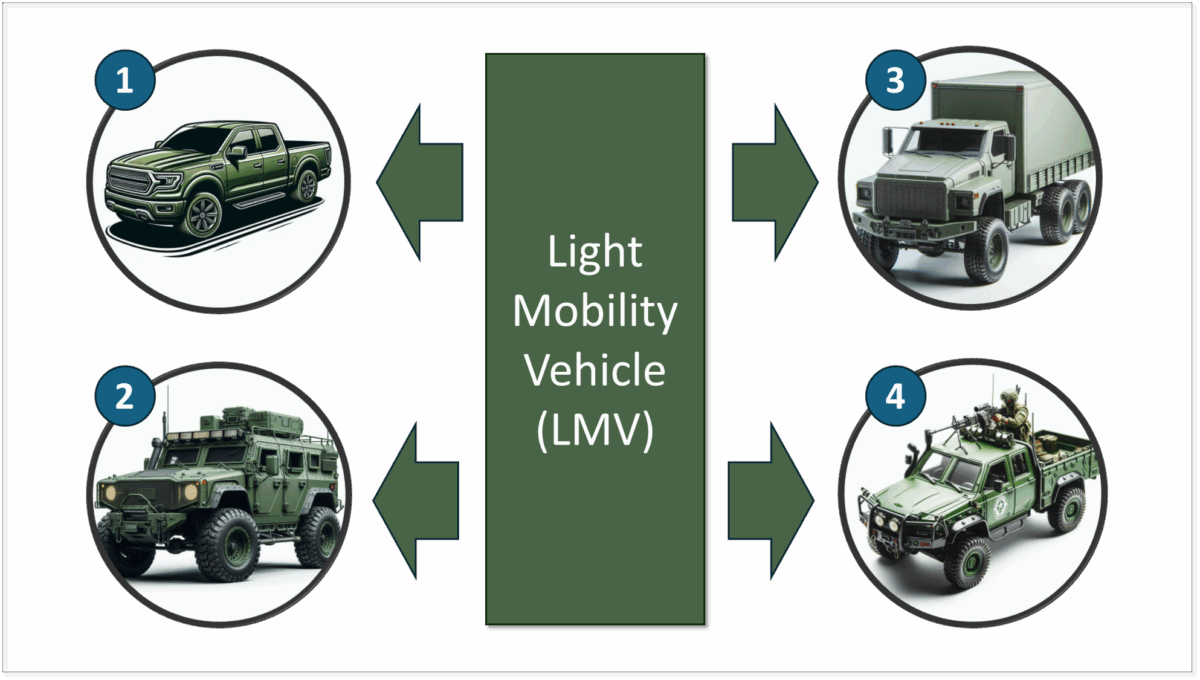
1) White Fleet (in Green)
We already have mature contracts in place for white fleet vehicles.
We already operate larger vehicles like he Oshkosh HET and Iveco Trakker through similar commercial arrangements.
Why not just do more of the same with the simpler variants, minimally modified pickup trucks and vans?
The cost profile would have to account for different usage, and probably need some off-road recovery provision.
However, there would be strong control over change management and fleet maintenance, especially if the fleet was cycled every three to four years.
Is an AWD van a better option than a pickup?
If we are looking to tap into volume markets, in 2024, there were 38k pickup truck registrations in the UK.
In the same year, 310k vans were registered.
That market works on an average age for fleet vans of 3.6 years
As long as rail systems were specified for the floor, additional seats could be held in unit stores and quickly fitted when required.
There would be no need to have dedicated double cab pickup style vehicles with 4 seats when, the majority of times, there would be only half that number of people in them.
Look at modern vans for how this is implemented.
2) More Light Protected Vehicles
In an age where armed FPV drones with fibre optic guidance are regularly operating at 20 km range, we should retest our assumptions about non-protected vehicles operating at this depth.
With the Light Protected Vehicle also in the pipeline, and perhaps the subject of another series of posts, I think we should move many users of LMV to that category.
Hawkei, Foxhound Mk2, Nurol NMS, or any of the numerous alternatives.
Yes, this will be pricier, but I don’t think there is any alternative, even if it takes longer.
3) Go Heavier, Go Modular
As we have seen in previous posts, payloads in a sub 3.5 tonne vehicle are, mostly, quite low, too low to be militarily useful?
Is the 2.5 tonnes LMV Payload Requirement Too Low?
Information in the public domain indicates that the Utility Variant is based on the Common Base Platform, not the Enhanced Lift Common Base Platform (like the ambulance and tactical variants). The Utility Vehicle (UV) variant has a payload requirement of between 1 and 2.5 tonnes.
No doubt more will become clearer as the programme progresses, but it seems impossible for any vehicle under 3.5 tonnes to get anywhere close to the 2.5 tonnes upper limit, that would be exceeding 70% of GVM.
The Battlefield Ambulance and Troop Carrying Vehicle are indicated as requiring an Enhanced Common Base Platform (ECBP), between 3.5 tonnes and 7 tonnes, implying a C1/C1E licence.
It is not unreasonable to suggest that an ECBP vehicle used for the Battlefield Ambulance and Troop Carrying could also be used for an enhanced utility requirement as well.
So, I am going to make an executive decision and introduce a requirement for a C1/C1E utility variant.
There is also a wider question about the value of C1/C1E when the most popular commercial driving licence in the UK is a C, and light protected mobility is 10 tonnes, e.g. Foxhound.
All the MAN fleet is a C.
But for the purpose of this series, the assumption is that this enhanced utility variant would remain on a C1/C1E.
With an allowable Gross Vehicle Mass (GVM) of 7.5 tonnes under a C1/C1E, even 2.5 tonnes of payload seems to show a lack of ambition, failing to exploit the potential of a C1/C1E.
Calling back to the 2003 OUVS programme, it had a large and small category, with the large having a payload of between 3 and 5 tonnes.
This is not a bad place to start, so my totally made up requirement for an LMV logistics variant will require a payload of between 3 and 5 tonnes, but still within a maximum GVM of 7 tonnes.
What About the Wider Logistics Fleet?
If we accept my expansion of the LMV requirement for a moment, it would also have wider implications.
We are approaching the end of service life for the MAN SV fleet, not immediately, but we are in the early stages of looking at the mid-2030’s out of service date.
The 6 Tonne payload MAN HX trucks are available in abundance, of the original order, they represent just under 72%, even though quite a few have now been disposed.
Many would argue their payload and load bed too small to be genuinely useful in the logistics role, and too large for many environments.
They also need a C class licence to drive.
Smaller vehicles have great utility in mountain and urban terrain when compared to larger trucks.
Another advantage of keeping it to 7 tonnes is it is an easy lift for Chinook, and if under 1.8m wide, theoretically, you can fit two side by side in an A400M.
This reinforces my view that for many scenarios, a 7 tonne 3 to 4 tonne payload LMV that requires a C1/C1E has greater utility than an 18 tonne, 6 tonne payload two axle SV that requires a C licence.
This might enable logistics units to make greater use of three and four axle trucks that can move containers and flat racks with MIL-STD-3028 JMIC, significant increases in lift capacity to ‘feed the guns’
Going Modular Allows Fewer Variants for More Roles
What does this have to do with the ambulance and troop carrying variants?
Such a vehicle can be used for multiple roles simply by using demountable bodies, including ambulance and troop carrying.
Thus, there would be no need for a troop carrying or ambulance variant, they would be a role, met with a demountable module.
Instead of a C2 variant with tent and trailer, a larger LMV logistics variant could mount a useful size command and control shelter, it would be much more agile than constantly erecting a tent at every position.
This would also reduce a variant.
With a three tonne payload and a three tonne towing capacity, such a vehicle would also make an excellent Light Gun limber, able to not only tow the gun, but also accommodate the gun crew and initial ammunition load.
If we end up replacing the Light Gun with a swing down mortar, the same can also be said, a demountable pod is feasible.
There are numerous possibilities when taking a simple demountable payload approach, military working dogs, EOD, UAS carrier, ambulance, REME fitters, ambulance, communications, troop carrying, you name it.
The Australian Army took this approach, with the Varley Group offering cargo, military working dog, command post, line laying, surveillance and reconnaissance, ambulance, maintenance, and even a data centre.
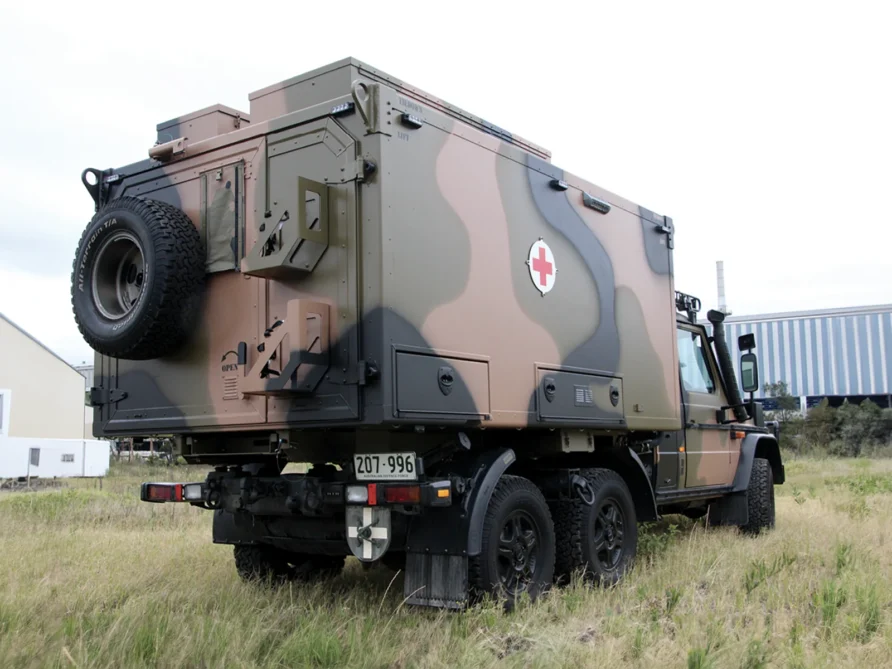
These are mounted on a 6×6 G Class, the older variant. The basic single cab ‘Carryall’ has a payload of 2.39 tonnes and GVM of 6.5 tonnes, which is a relatively low 36%.
Regardless of this particular vehicles’ performance, the module concept allows variants to be reduced.
Vehicle Options
We don’t need commonality with the lighter variants, but it would be good.
With a minimum of 3 tonnes payload, many of the vehicles in the previous post would be discounted.
The Aebi TP410, Caron CTK, Comaca Mythos, Lidner Unitrac 72, and the Reform Multi T6 are all capable, but they are all relatively slow and often use specialist tyres.
These may be readily available in their markets, but would be less so in other areas.
This leaves six vehicles to consider (green boxes show the payload in tonnes)
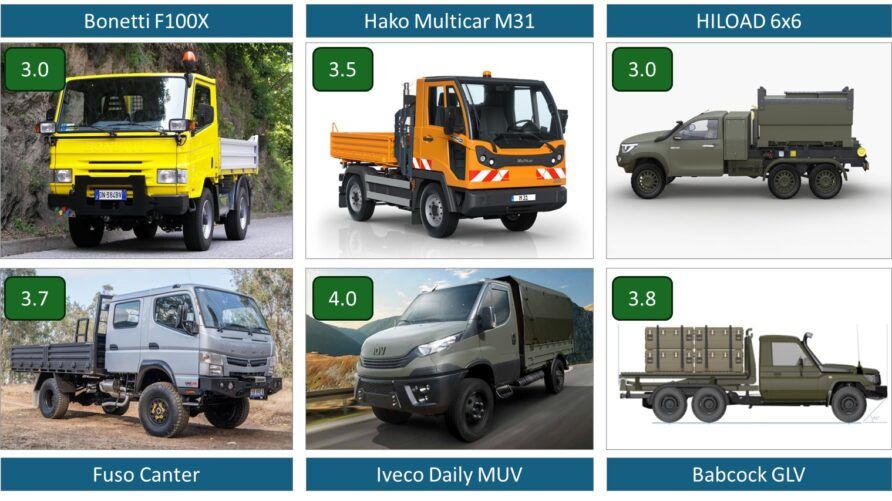
Each has advantages and disadvantages, and none of them would be a bad option.
Of the top row, I quite like the Bonetti F100X. Its mobility is arguably a little less than the HILOAD, but it has a decent road speed and is compact enough to be very transportable. It also avoids being a 6×6, extra tyres and complexity.
There would be zero commonality with other variants.
Of the bottom row, with payloads midpoint between the three and five tonne bands.
Each is available in right-hand drive, although the Fuso Canter is less common in the UK than the other two.
Which leaves a two horse race, the Babcock GLV 6×6 or Iveco Daily 4×4.
The Babcock GLV would have obvious commonality with the other variants, but it is in the design stage only.
The Iveco Daily 4×4 based MUV is in service with several NATO nations and enjoys high levels of commonality with the Daily family of vehicles for reduced cost of ownership.
Forming the basis of a module carrier vehicle, this would meet the requirements for existing and new roles, and choosing between any of the designs would be difficult.
This approach would allow the modules to be competed separately, avoiding manufacturer lock in, supporting SMEs, and encouraging competition and innovation.
4) Specialist User, Specialist Vehicle
I deliberately included vehicles like the Flyer 70 in the previous post because they represent a class of dedicated and uncompromising designs for their users, not a conversion of an existing vehicle.
The Flyer 60 and 70 has more variants than you can shake a stick at.
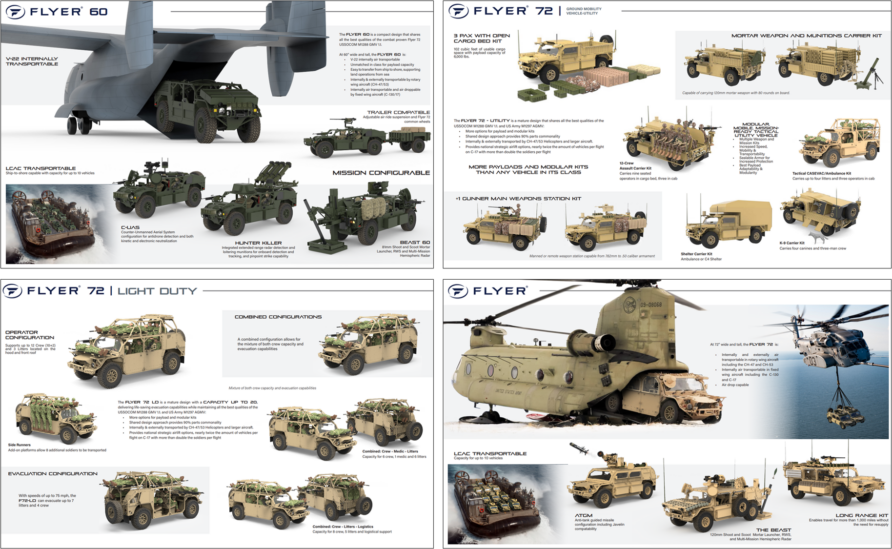
And it has been selected by the US and Italian airborne and special operations forces.
16 Air Assault Brigade with Flyer 72 is a strong proposition, even more-so if the Royal Marines adopted the Flyer 60 (it being better suited to Merlin carriage)
The same vehicle would also be highly suitable for other users in similar roles.
The Rheinmetall/ACS Caracal is a modern vehicle, but I must admit to being incredulous that we would ignore NP Aerospace. Permali, and Babcock, each of whom have vast light vehicle armouring experience, in favour of ACS.
There are numerous examples of armed and armoured Land Cruisers, Hi Lux and Rangers.
The Supacat LMV, with HILOAD and ACS, also looks like a good vehicle.
At the end of a long supply chain, fuel consumption matters.
With an extreme range, this is the reason I think the Fering Pioneer X is an attractive vehicle for the requirement.
It is designed and built in the UK, is an absolutely uncompromising design that suits specialist users perfectly.
For example, its active suspension allows it to reduce height for Chinook loading, and that same active suspension allows it to cover uneven ground quickly.
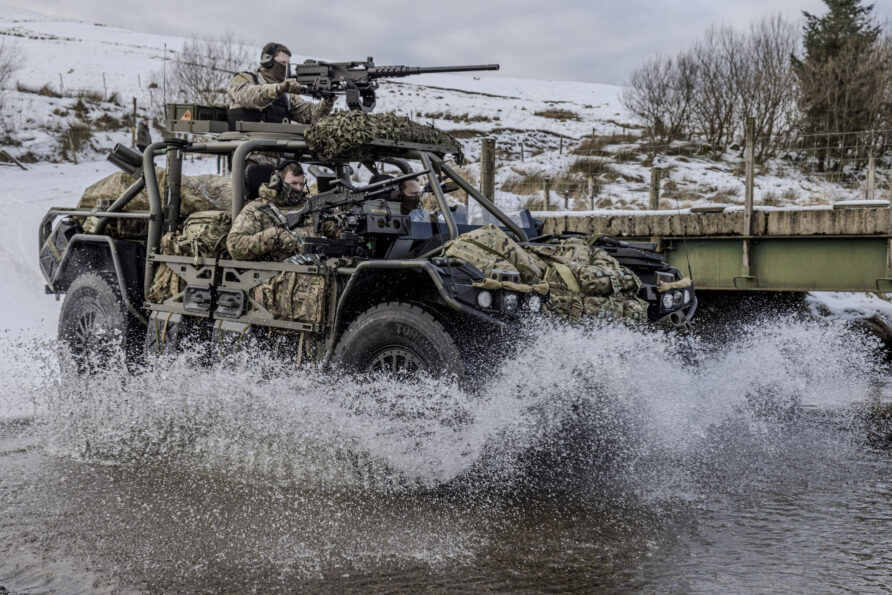
The payload is exceptional, best in class.
And with a simple bolt on 6×6 chassis, the load bed and payload can be expanded to include additional payloads and roles.
It also meets wider government objectives and the Army’s own electrification strategy.
I would absolutely emphasise the power generation and export capacity of the Pioneer-X, as we keep adding power hungry equipment, this will be an increasingly important requirement in the future.
It has it all.
Except maturity and a customer base.
Specialist trades require specialist tools, and I think the Army should get behind Fering to develop a family of vehicles around the Pioneer X; C-UAS, mortar, military working dog carrier, hunter killer, troop carrier, and logistics.
Perhaps Fering, as part of their development programme, could use their design team to expand the graphics offerings!
Summary
I hope you all found some value in this series, and that you can see the British Army’s selection of a vehicle to replace Pinzgauer and Land Rover is not as simple as we all might think.
Who knows what they will ultimately select, but there are lots to choose from
See you in the comments.
Discover more from Think Defence
Subscribe to get the latest posts sent to your email.

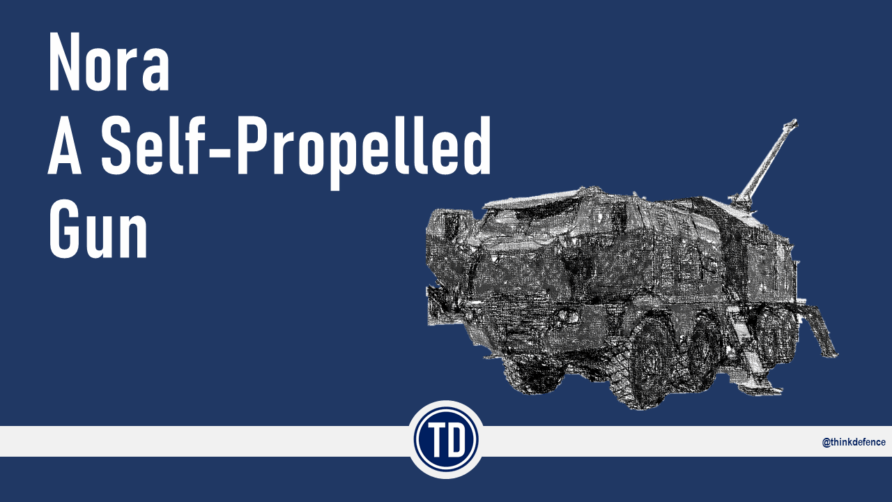
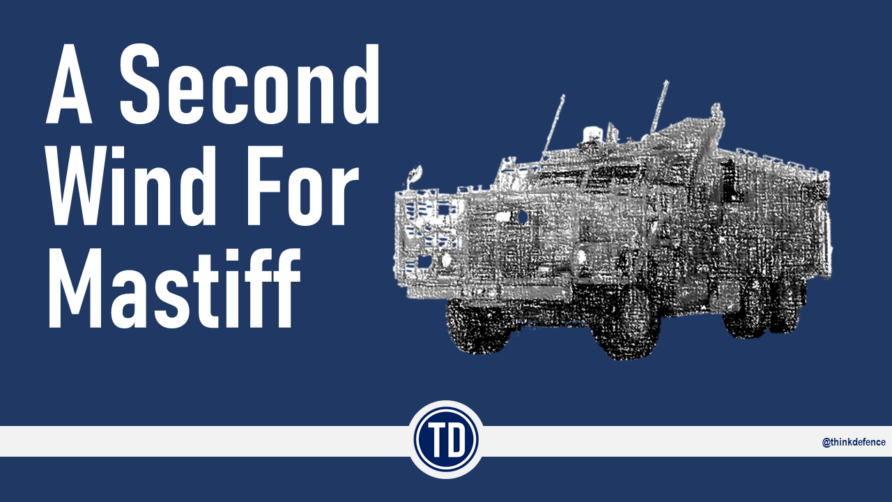
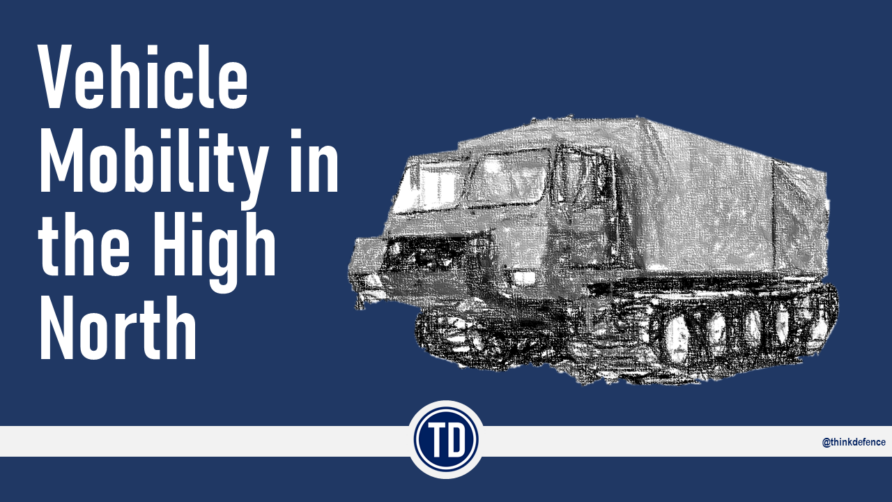
Excellent summary, I would argue (and I have been off road in many Land Cruisers is South and Eastern Africa) that the Land Cruiser should form part of the solution
Depending on how the government push the electrification of the civillian market, many of the assumptions made based on the number of vehicles sold to date may not hold true in future.
Another exhaustive piece of work from TD, who probably should get out more!
I really like some of the commercial vehicle options mentioning in the series – the military do seem to have a bit of a blind spot when it comes to vehicles which don't come painted dark green…!
Totally agree with TD about Fering, which seems like a Supacat for the 2020s.
As ever, the biggest problem for the programme is surely the traditional one of an ever changing set of requirements 😬
One last comment is that it does seem a real pity the MOD never persued development of the JCB 4X4 truck which might have been ideal for any job lighter than an HX 6 tonner.